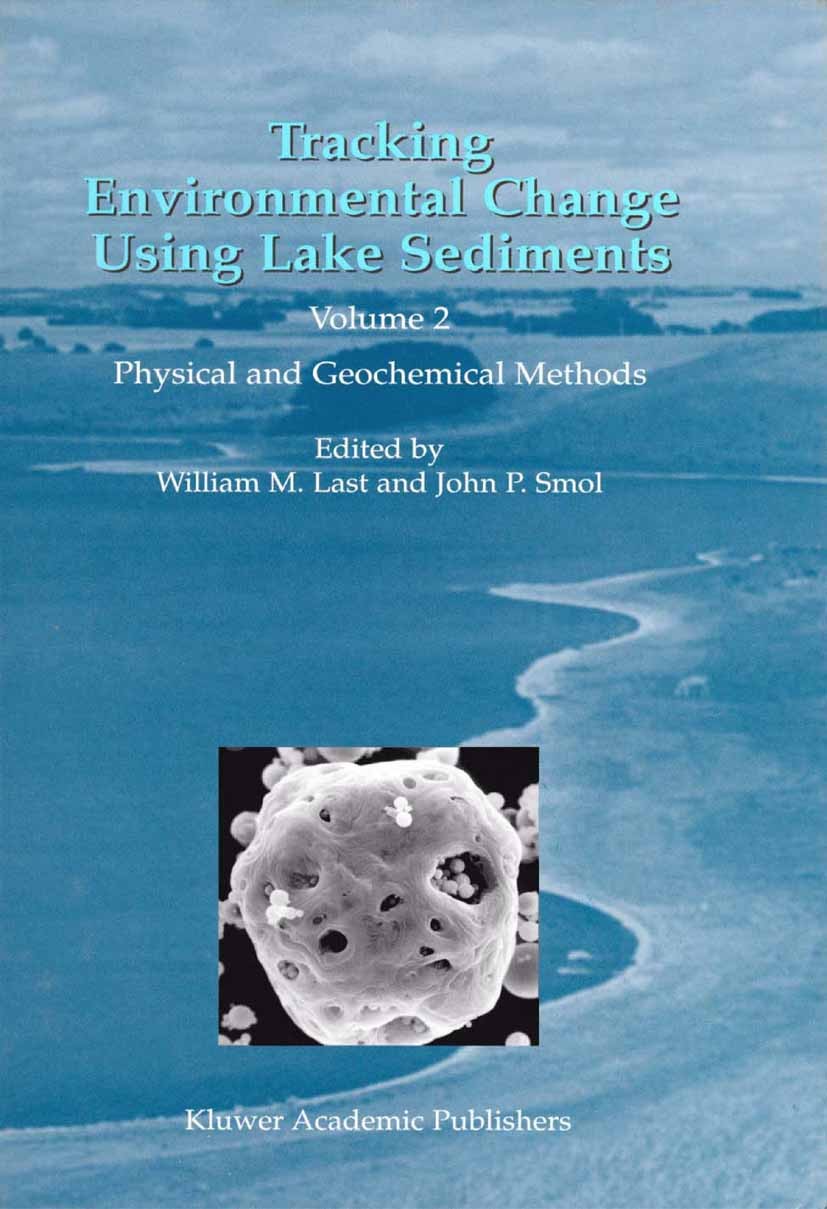| 書目名稱 | Tracking Environmental Change Using Lake Sediments |
| 副標(biāo)題 | Volume 2: Physical a |
| 編輯 | William M. Last,John P. Smol |
| 視頻video | http://file.papertrans.cn/928/927369/927369.mp4 |
| 概述 | Includes supplementary material: |
| 叢書名稱 | Developments in Paleoenvironmental Research |
| 圖書封面 |  |
| 描述 | Theory Instrumentation NIR analysis of sediment samples Uses of NIRS in palaeolimnology Future perspectives Summary References Fly-ash particles. Neil Rose 319 12. Introduction A brief history Methods of extraction and enumeration Temporal distribution Spatial distribution Source apportionment The future Summary Acknowledgements References Part III: Stable Isotope Techniques 13. Application of stable isotope techniques to inorganic and biogenic carbonates. Emi Ito 351 Introduction Nomenclature and systematics of lake-water Mg/Ca and Sr/Ca ratios of lake-water of dissolved inorganic carbon (DIC) Carbonates in lake-sediments Mollusks Ostracodes Charaphytes Isotope analysis Preparation of carbonate samples for isotope analysis Conclusions Summary Acknowledgments References 14. Carbon and oxygen isotope analysis of lake sediment cellulose: methods and applications. Brent B. Wolfe, Thomas W. D. Edwards, Richard J. Elgood & Kristina R. M. Beuning 373 xi Introduction Stable isotope tracers in lake Historical development Methods Key criteria for paleohydrologic reconstruction Applications Future research directions Summary Acknowledgements References Nitrogen isotopes in palaeolimnology. M |
| 出版日期 | Book 2001 |
| 關(guān)鍵詞 | Sediment; fabric; fluvial; lacustrine; paleolimnology; hydrogeology |
| 版次 | 1 |
| doi | https://doi.org/10.1007/0-306-47670-3 |
| isbn_softcover | 978-90-481-6021-1 |
| isbn_ebook | 978-0-306-47670-9Series ISSN 1571-5299 Series E-ISSN 2215-1672 |
| issn_series | 1571-5299 |
| copyright | Springer Science+Business Media Dordrecht 2001 |
 |Archiver|手機(jī)版|小黑屋|
派博傳思國際
( 京公網(wǎng)安備110108008328)
GMT+8, 2025-10-23 16:12
|Archiver|手機(jī)版|小黑屋|
派博傳思國際
( 京公網(wǎng)安備110108008328)
GMT+8, 2025-10-23 16:12


